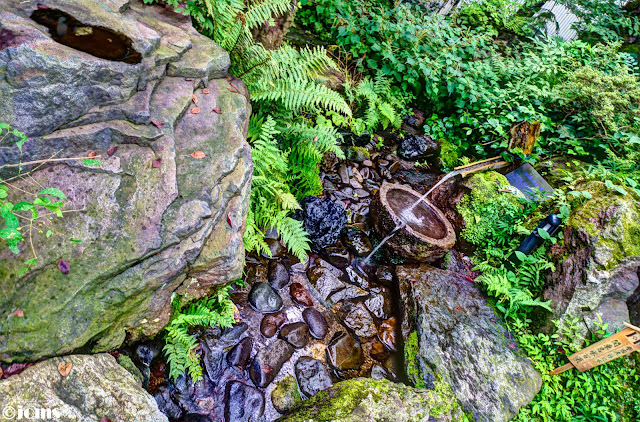It was my third time to climb Mt. Fuji (富士山), and though I already knew what to expect, I still felt that there was a new challenge waiting for me. In 2007, I climbed via the Gotemba trail (御殿場ルート), and it took me and my friends around 12 hours to get to the top, not including a stay in one of the inns along the way where we slept for about 6 hours. In 2010, my friends and I climbed via the Yoshida trail (吉田ルート), and it took us around 8 hours - an overnight climbed that started at 10pm of a Saturday and we arrived at Tokyo around 9pm the next day because of all the travel and break times.
For this climb, I wanted to finish it on the same day, and if there was no one coming with me, climb it alone. The day of the climb came, no one wanted to finish the climb on the same day, so I really had to climb the mountain all by myself. I wanted to climb all the four trails, so it was Subashiri this time. To make it also possible, I tried to match the target climb time I found in the internet (the link is at the bottom of the post).
To go to Subashiri 5th station (須走五合目), where the trail starts, I had to go to Gotemba station (御殿場駅) of the JR Gotemba Line (御殿場線). From there, a bus ride is needed, and it costs 1,500円 one way, but they also offer a 2,000円 round trip ticket. Of course I took the latter, to save some money and for me to have some motivation to get back as soon as I can. Once I rode the bus, there was no turning back.
9:40 - Arrival at Subashiri 5th station
10:00 - Start of the climb
 |
| 5th station, where you can buy climbing sticks for 1,000円. It'll get expensive if you add flags, bells, etc. |
10:55 - New 6th station (六合目)
11:00 - Continue the climb going to the next stop
 |
| New 6th station |
11:28 - Main 6th station (本六合目)
11:30 - No time for long breaks, on to the climb
11:55 - Another 3-minute break, 35 minutes to the next stop
 |
| In each station, you can have your climbing stick stamped, for 200円, except in the summit where it's 300円. |
 |
| My bag and climbing stick |
 |
| Bells removed from climbing sticks |
12:27 - 7th station (七合目)
12:42 - Continue the climb, this was a very long break
12:54 - Fatigue was setting in, and short breaks were becoming quite often
At this point, I knew that it's impossible to meet the target, but my motivation was that, if I wasn't descending by sunset, it would be impossible for me to finish the climb on the same day, and I was not ready for that. I didn't have a place to stay, I didn't have enough food, and I probably did not have enough clothes for the cold weather too. I also had to catch the last bus, which was at 20:30.
 |
| 7th station |
 |
| As you go higher, so are the prices. Coke is 200円 at 5th station. Here, it's 550円. |
13:19 - Main 7th station (本七合目)
13:23 - Target: 30 minutes to the next stop
13:49 - 8th station (八合目)
13:58 - Continue the climb
 |
| Main 7th station |
 |
| Sign at the 8th station, where the Subashiri and Yoshida trail meet. |
14:13 - Main 8th station (本八合目)
14:18 - Target: 20 minutes to the next stop
14:40 - 8.5th station (八合五勺)
14:45 - On to the climb
 |
| 8.5th station |
 |
| This sign is commonly found in front of inns |
15:36 - 9th station (九合目), no time to stop
16:07 - Summit (富士山山頂)
 |
| Entrance to the summit |
17:03 - Start the descent
20:04 - Back at Subashiri 5th station
20:30 - Last bus going to Gotemba station
21:16 - Arrival at Gotemba station
 |
| Start of the descent |
 |
| Mt. Fuji's shadow at sunset, covering the city behind her. |
 |
| Almost sunset and I'm still above some clouds |
Official climbing season is July to August, so by the time this is posted, it's already over, so for the next climbing season's planning, the following links may be helpful.
Climb Overview 1
Climb Overview 2
Subashiri Trail with target time between stations




































































